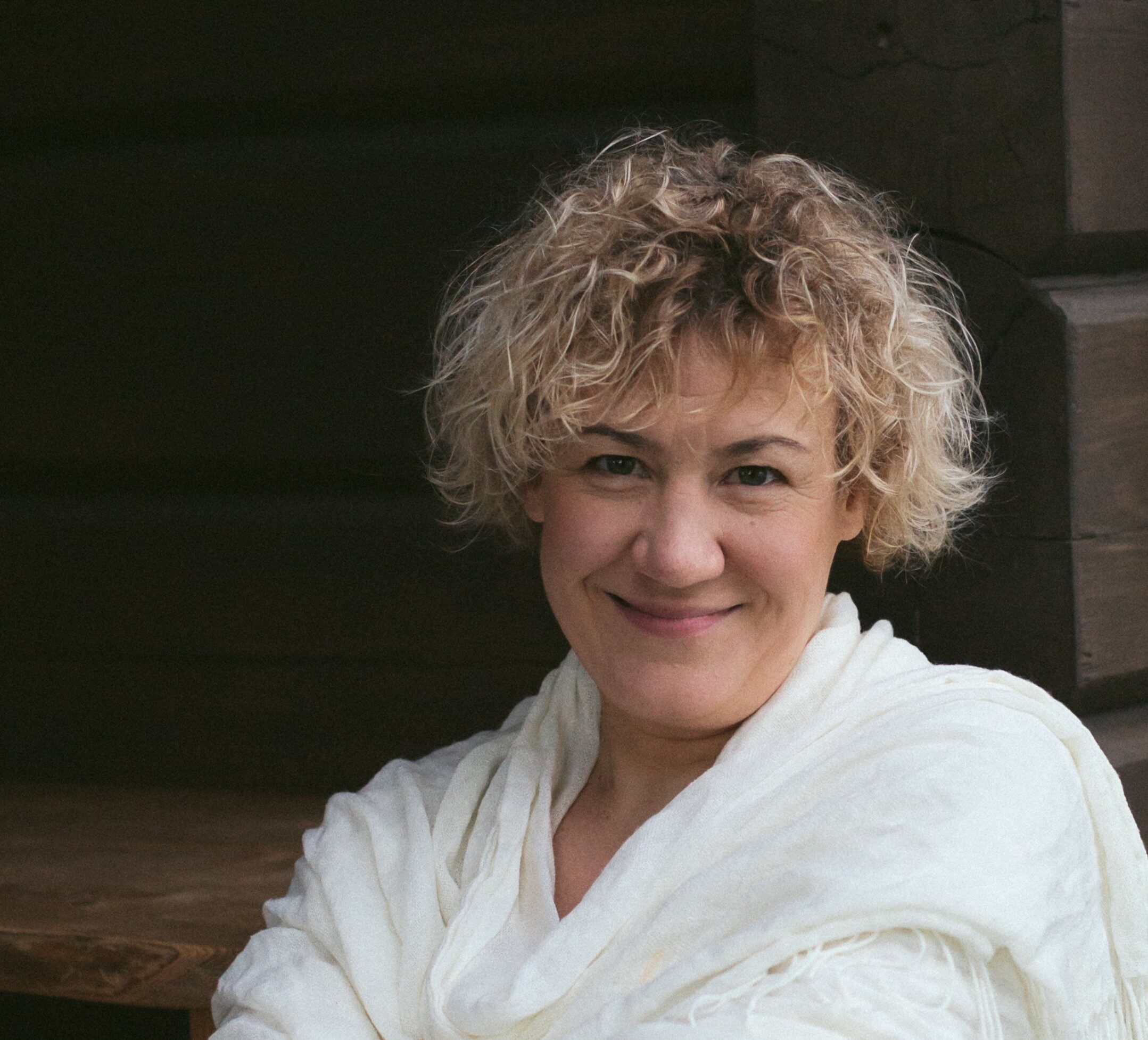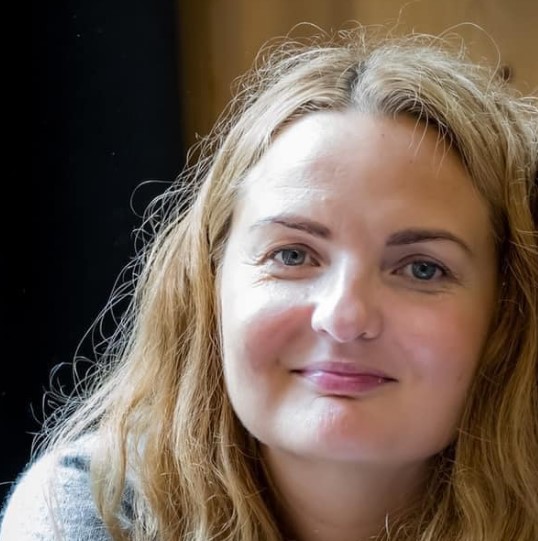
“Biorelease massage works like hydrogen peroxide that gently cleanses the ‘sediments’ of unnecessary thoughts, allowing you to gradually, step by step, return to your body – to the space of self-stability where you can hear yourself anew.”
What is biodynamic biorelease massage?
Biorelease massage (also called biorelease session) is like the first stop on the journey of body psychotherapy. Here, an introduction occurs, establishing a deeper connection between client-therapist, and between client and their body. In this way, the client observes, recognizes, and discovers deeper needs for their being (in therapy). Body therapy is deep, multi-layered and full of mysteries, making Biorelease session an excellent starting point for this journey.
Biorelease – a method that essentially means “biological release.” This practice is based on psychological principles developed by G. Boyesen and W. Reich and aims for one primary goal: to activate the body’s subtle organic signals that are naturally accessible to every person. To hear and follow these signals, it’s necessary to establish a closer connection with one’s body. This is achieved through touch, conscious movement and mindfulness practice.
Gerda Boyesen on biodynamic biorelease massage:
- Vasomotor cycle and emotional release: A key aspect of Boyesen’s methodology is understanding the vasomotor cycle. This cycle involves the natural alternation between tension and relaxation in the body. When this rhythm is disrupted by unprocessed emotional stress, physical symptoms like muscle tension, digestive issues or chronic pain may appear. The goal of biodynamic massage is to restore this cycle, allowing the body to complete emotional and physical processes and achieve harmony.
- Psychovegetative connection: This massage is based on the connection between psyche and the autonomic nervous system. It focuses on how emotions, especially unresolved ones, accumulate in the body as blocks. Blocks are often detected through peristaltic bowel sounds that can be released through gentle touch. This process helps release emotions and restore body awareness.
- Techniques and tools: Techniques include deeper muscle work, connective tissue massage, and use of a stethoscope to monitor bowel sounds. These sounds help the massage therapist identify areas of tension and observe how the body releases it. Release often manifests through autonomic reactions – yawning, tears or body tremors indicating the body is returning to natural balance.
- Primary and secondary personality: Boyesen emphasizes the importance of the “primary personality” – the authentic, true self that is often suppressed by the “secondary personality” formed through social expectations and trauma. Biodynamic massage helps soften this secondary layer, encouraging the person to reconnect with their true personality and express themselves more freely.
- Gentle and intuitive approach: A key feature of this method is its gentleness and creation of safety, unlike more intensive forms of body therapy. Boyesen’s work style is based on the “yin” (feminine) principle that invites natural healing processes rather than forced intervention. She emphasized that true transformation comes from within, with the therapist acting as a guide or “midwife to the primary personality.”
A unique massage technique uses a stethoscope placed on the abdomen, in the intestinal area. The device allows hearing bowel sounds that help identify where energy blocks exist in the body. These sounds reflect our psychoperistalsis. It’s important to understand that the intestines not only perform food digestion and nutrient absorption functions, but also participate in “processing” emotional experiences and feelings.
When can biodynamic biorelease sessions help?
Biorelease sessions can help in many areas, such as:
- Identifying emotions stored in the body or re-experiencing them;
- Releasing the flow of vital energy to feel more relaxed and energetic;
- Releasing stuck emotions and blocks;
- Completing emotional processes that were interrupted long ago;
- Integrating past experiences into present life.
How does a biodynamic biorelease session work?
For those unfamiliar with body practices, this experience may initially seem unusual or even puzzling. This is completely understandable. At first, the most important thing is the ability to relax – the first step leading to a sense of safety. When the body feels safe, it naturally opens up, allowing deeper changes to begin. That’s when the real journey to inner harmony begins.
1. Preparation and approach:
- Creating a safe environment: The session takes place in a calm, pleasant setting to ensure the client feels safe and comfortable. The therapist works to create an atmosphere of support and trust.
- Understanding client needs: Before massage, the client’s emotional or physical needs, sources of stress or specific goals for the session are discussed.
2. Tools and techniques:
- Stethoscope: A unique feature of this massage is using a stethoscope placed on the abdominal area to monitor bowel sounds (peristalsis) that indicate autonomic nervous system relaxation or emotional release.
- Gentle touch and massage: The therapist uses light, rhythmic movements to stimulate the body’s “psychovegetative” processes. Depending on client needs, deeper muscle or connective tissue massage methods may be used.
- Focus on abdomen: The abdominal area is considered the main center for emotional processing. Gentle work with this area helps release “blocks” where emotions are often held.
3. Session goals:
- This therapy promotes the body’s natural healing processes, restoring the vasomotor cycle – the natural rhythm of nervous system tension and relaxation.
- It helps release emotions that may have accumulated as physical tension or discomfort.
4. Session dynamics:
- Active observation: The therapist carefully monitors subtle body signals – breathing, muscle relaxation or bowel sound changes to identify areas of tension.
- Encouraging emotional release: Clients may experience spontaneous reactions like tears, laughter or physical sensations (e.g., trembling or warmth). This indicates the body is releasing accumulated stress.
- Integration and reflection: After the session, client and therapist may discuss experienced sensations for better understanding and integration.
5. Holistic approach:
This method is based on a comprehensive approach, considering body, emotions and mind as interconnected. The goal is not just relaxation but emotional clarity, greater self-understanding and restoring connection with the body.
Where and how to learn biodynamic biorelease massage?
Biorelease massage is an excellent method for all therapists working with the body. One of the best places to learn this practice is the ESBPE institute (represented in Lithuania by IKTA/ITC), founded by Gerda Boyesen and her daughters, one of whom, despite advanced age, comes to Lithuania to teach our students. This is a four-year continuous study program – not just education but a wonderful, challenging journey of self-discovery!
Biodynamic Biorelease Massage Specialists
Algirdas Papickas
Body therapist (biodynamic body psychotherapy), kinesiotherapist, Pilates instructor




